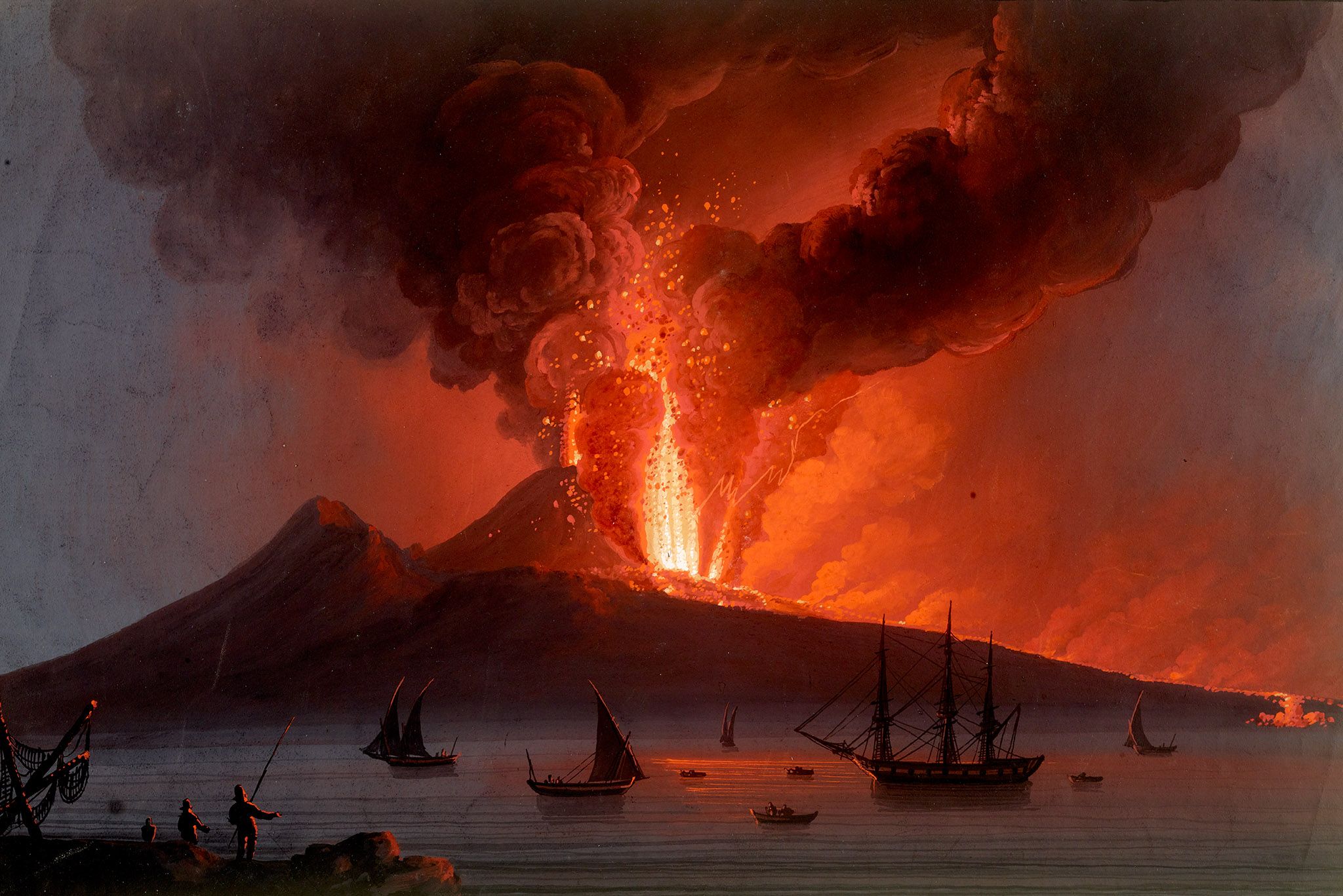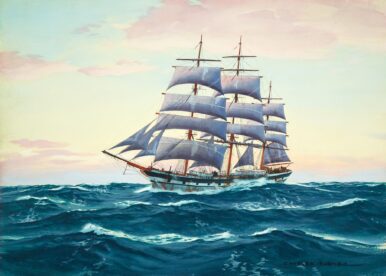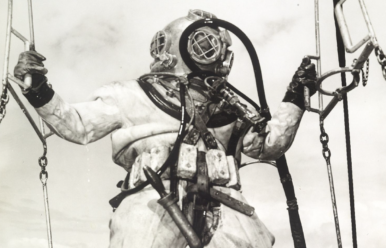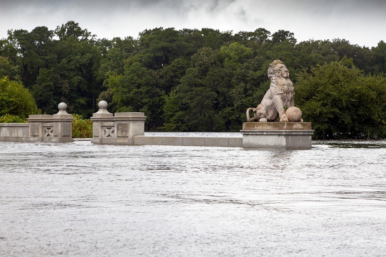Our talented team of Museum educators are committed to providing an engaging experience that brings SOL-related content to life for your students. We bring passion and energy to each program to ensure the highest level of impact and retention. To learn more about this program, click on one of the format options listed below.
Choose your experience:
Duration: 75 minutes
The plate boundaries surrounding the Pacific Ocean form a unique and extremely tectonically active area called the Ring of Fire. Communities who are local to this region have to contend with frequent and devastating natural disasters, including earthquakes and tsunamis that are associated with life along the Ring of Fire.
Students will review the layers of the Earth, plate tectonics, the three major plate boundaries, and the natural disasters that can occur in each boundary. Together, we will explore what makes the Ring of Fire unique, investigate three tsunami case studies from Japanese, Alaskan, and Polynesian communities, and practice the engineering design cycle by designing, building, and testing our own tsunami-proof boat models.
Duration: 75 minutes
The plate boundaries surrounding the Pacific Ocean form a unique and extremely tectonically active area called the Ring of Fire. Communities who are local to this region have to contend with frequent and devastating natural disasters, including earthquakes and tsunamis that are associated with life along the Ring of Fire.
Students will review the layers of the Earth, plate tectonics, the three major plate boundaries, and the natural disasters that can occur in each boundary. Together, we will explore what makes the Ring of Fire unique, investigate three tsunami case studies from Japanese, Alaskan, and Polynesian communities, and practice the engineering design cycle by designing, building, and testing our own tsunami-proof boat models.
Learning Objectives
Students will:
- Better understand the layers of the Earth, the theory of plate tectonics, and three types of plate boundaries.
- Discuss geological activity at plate boundaries, including volcanoes, earthquakes, tsunamis, and landslides.
- Understand how humans can create unique designs to contend with natural disasters.
Science (VDOE 2018):
- Elementary: 5.1 (a,b,c,d), 5.2 (b,c,d), 5.3 (a,b,c,d), 5.8 (a,b,d)
- Middle: 6.1 (a,b,c,d), 6.3 (a), 6.4 (b,c), 6.6 (b,f), PS.1 (a,b,c,d), PS.5 (a,b), PS.6 (a,b,c,d), PS.8 (a,b)
Next Generation Science Standards:
- Elementary: 3-5-ETS1-1, 3-5-ETS1- 2, 3-5-ETS1-3, 4-PS3-2, 5-ESS2-1
- Middle: MS-PS3-2, MS-PS4-2, MS-ESS2-1, MS-ESS2-2, MS-ESS2-3, MS-ESS3-1, MS-ESS3-2, MS-ETS1-1, MS-ETS1-2
Principles of Ocean Literacy:
- 1) The Earth has one big ocean with many features
- 2) The ocean and life in the ocean shape the features of the Earth
- 5) The ocean and humans are inextricably interconnected
Pricing:
Payment can be made before the program, or we can invoice following your program.
- Programs at the Museum are $4.50 per student.
All adults accompanying a field trip are free. - Programs at your location are $4.50 per student.
- Virtual education programs are $125 per program.
Reservations are required for all programs and are booked on a first-come, first-served basis. Programs fill quickly in the fall and spring, so make your reservations a minimum of two weeks in advance.
Need some questions answered?
Our team is happy to answer any questions you may have, or recommend the best program for your class.
Call or email our Education team:
[email protected]
(757) 591-7745





